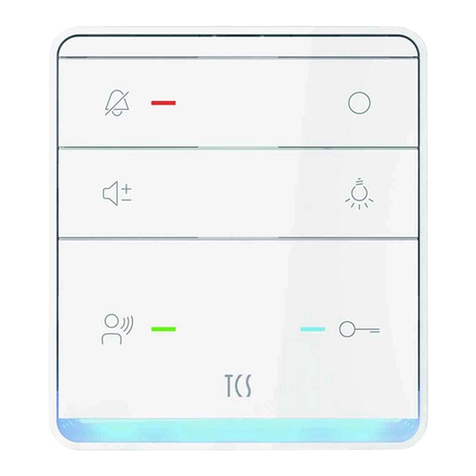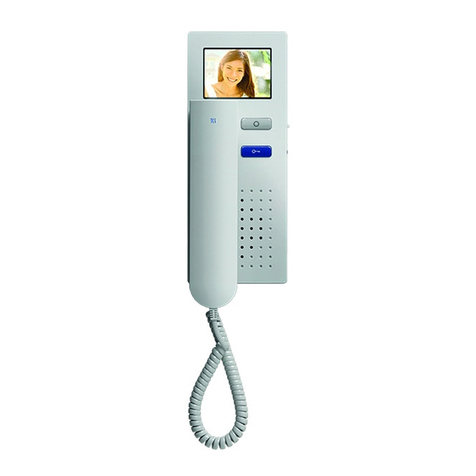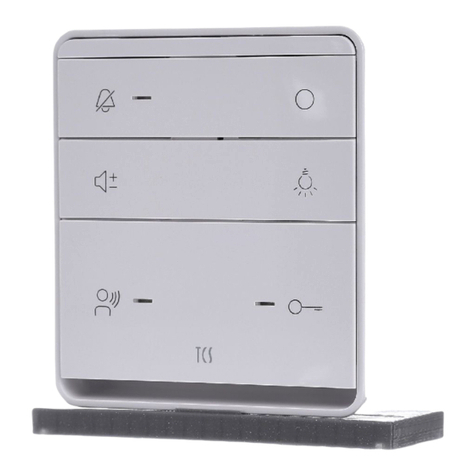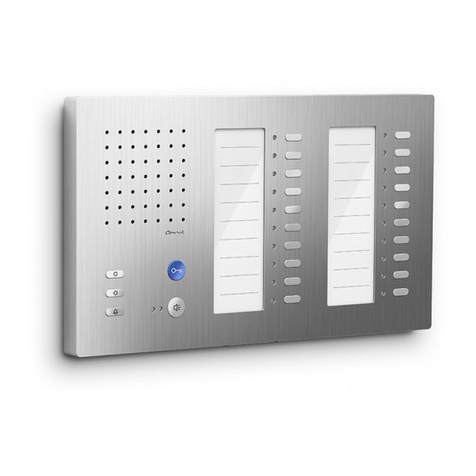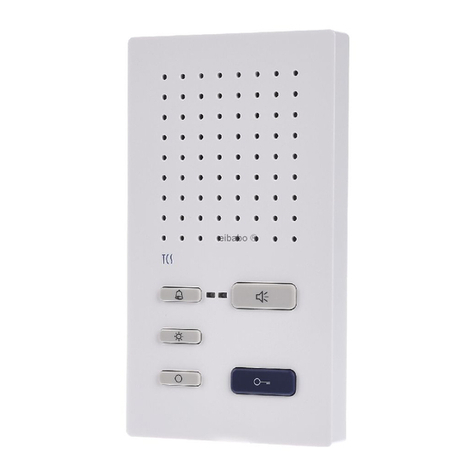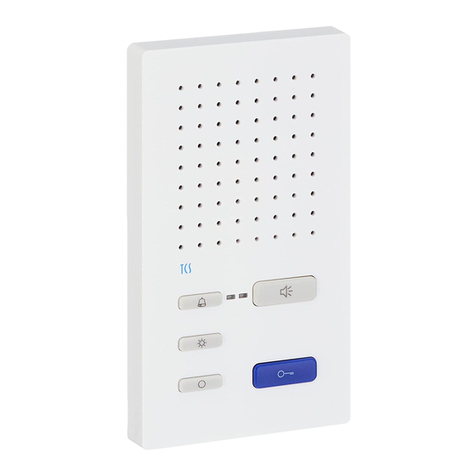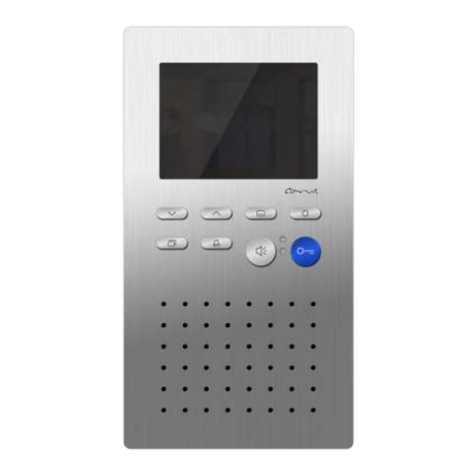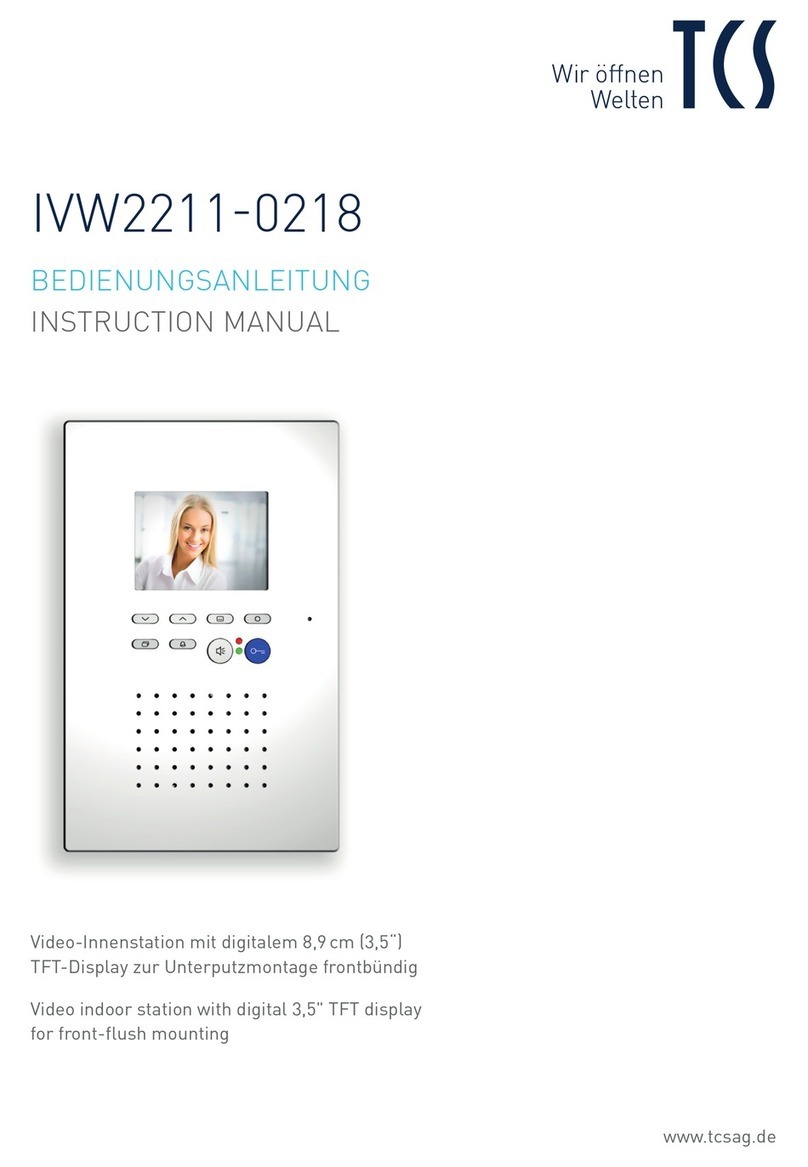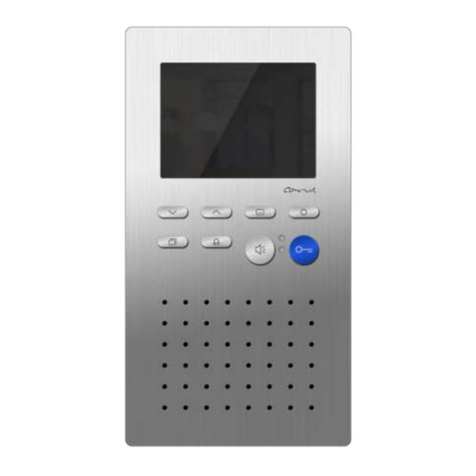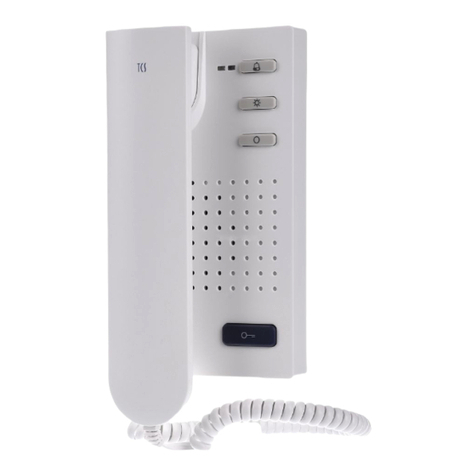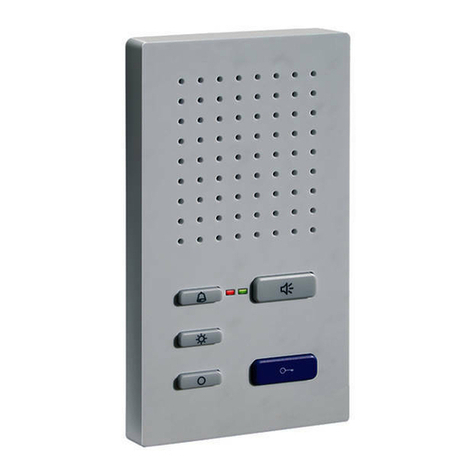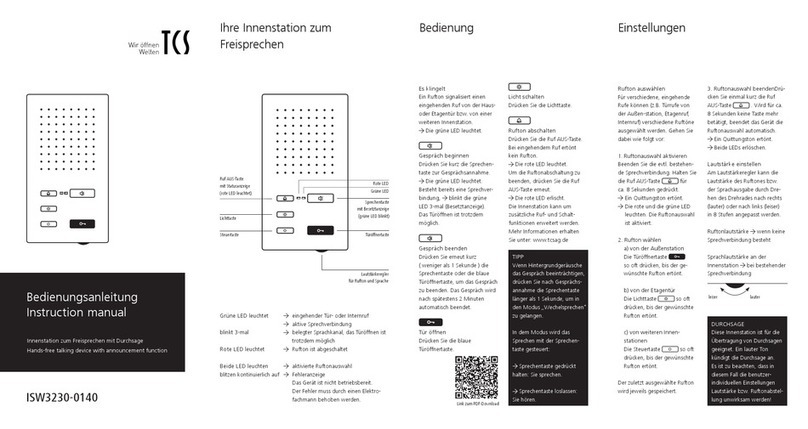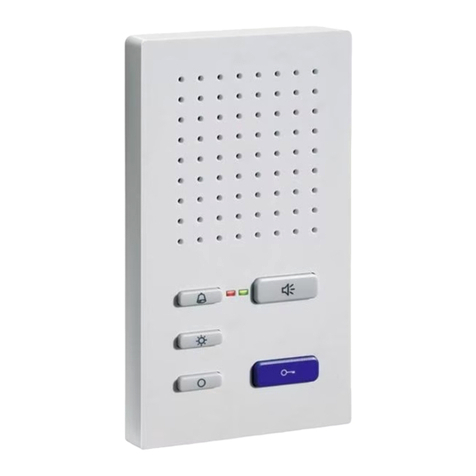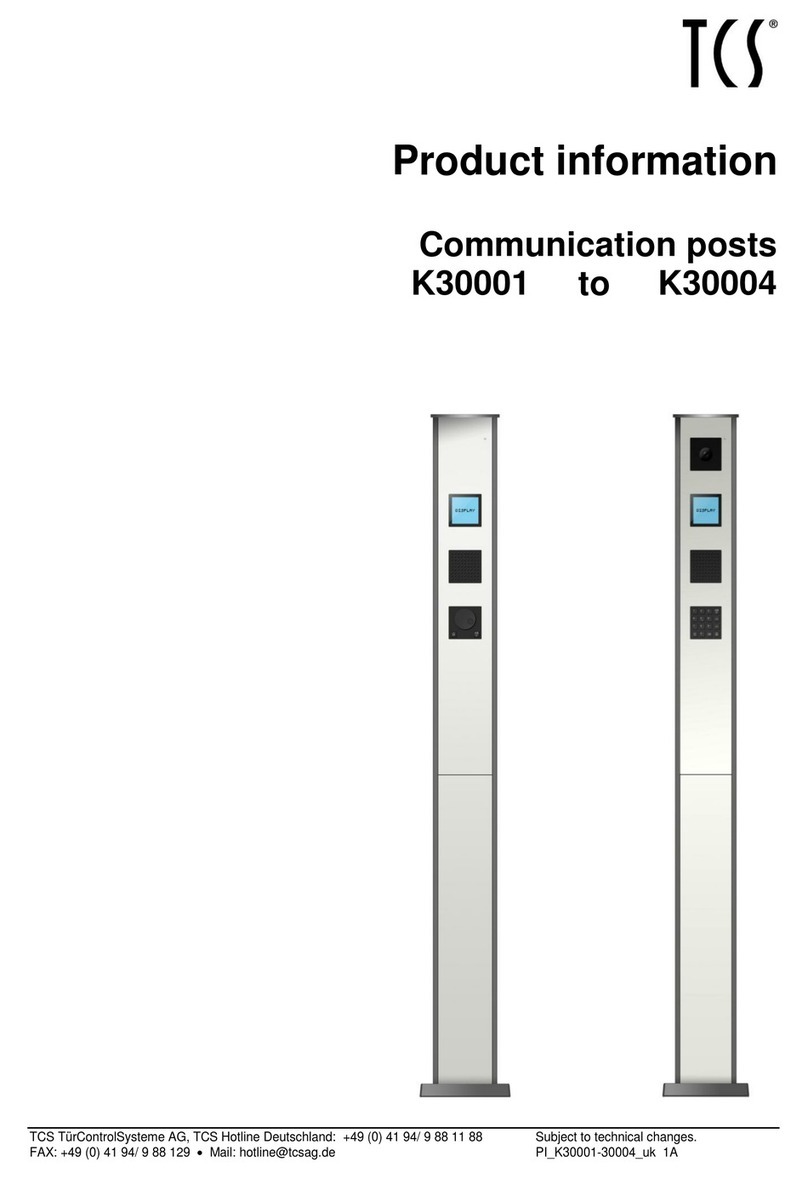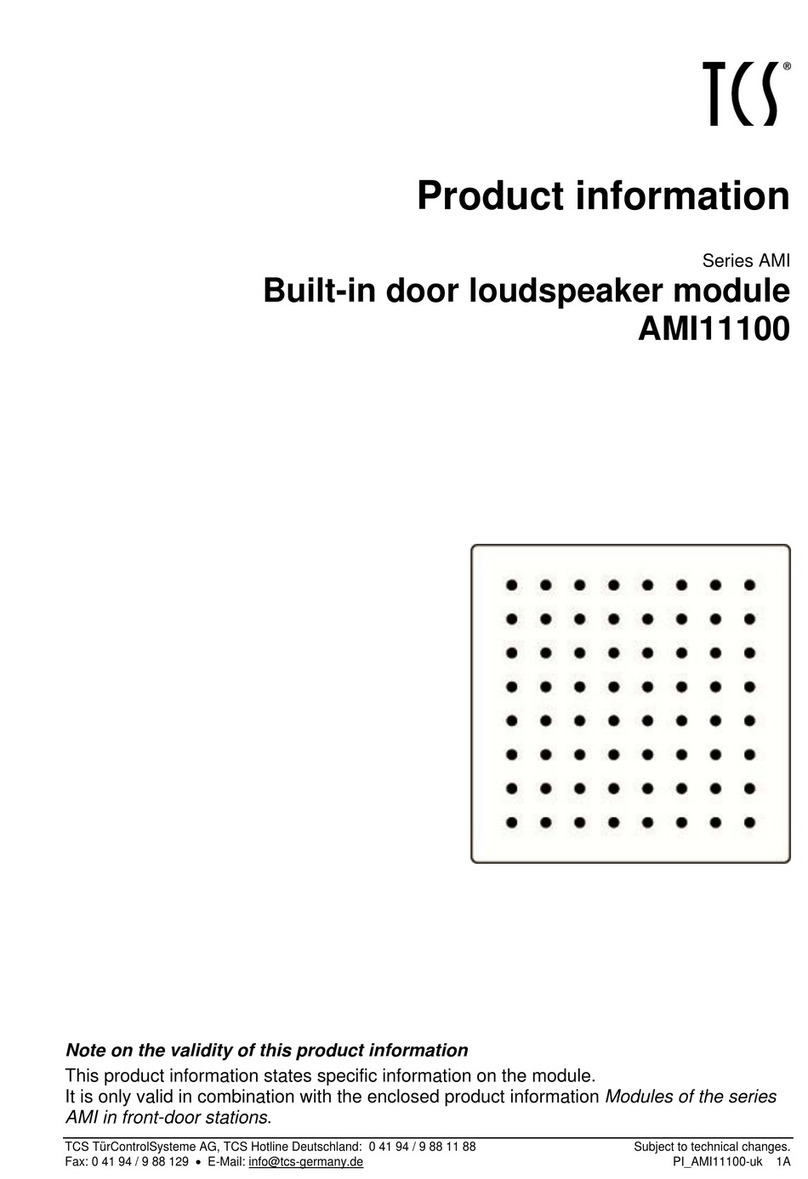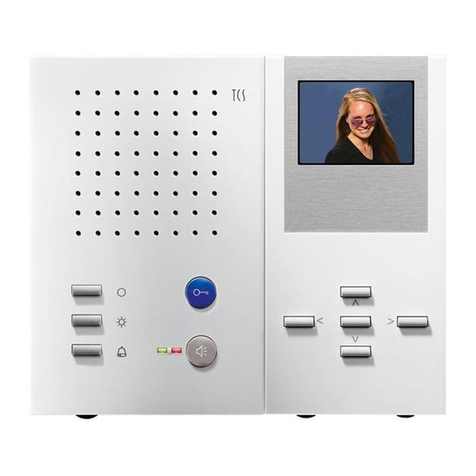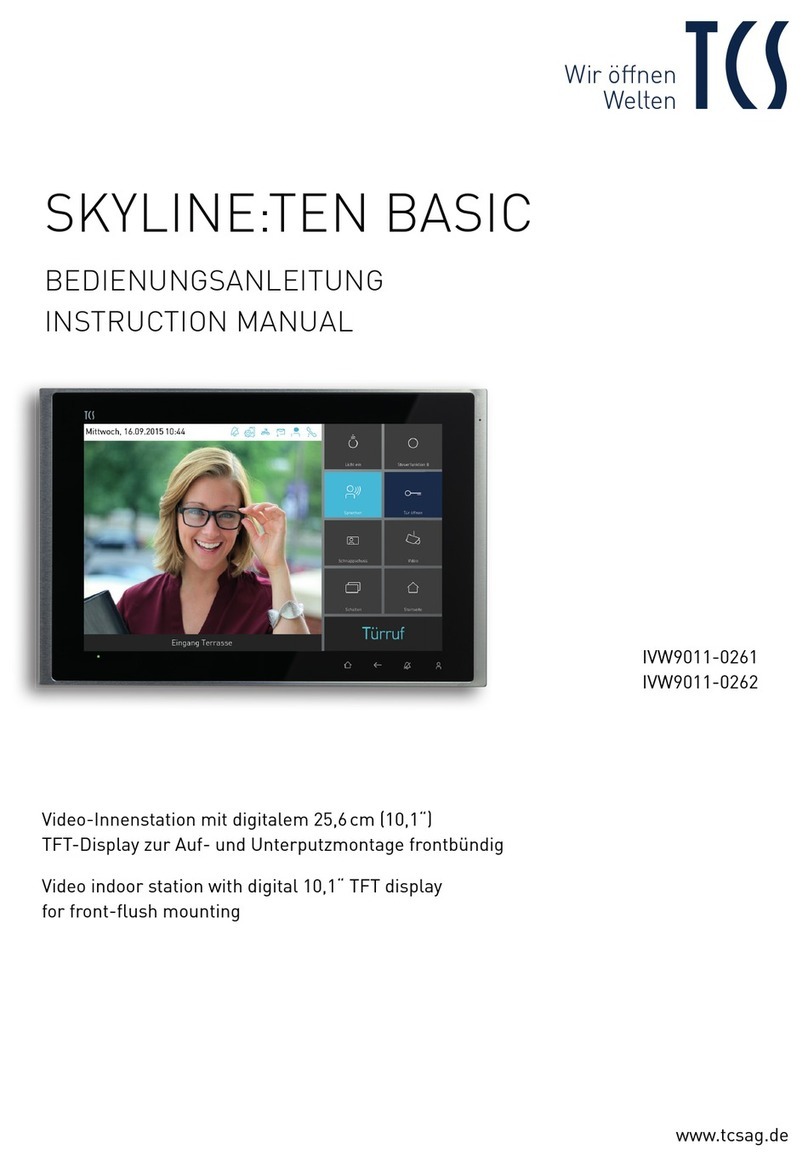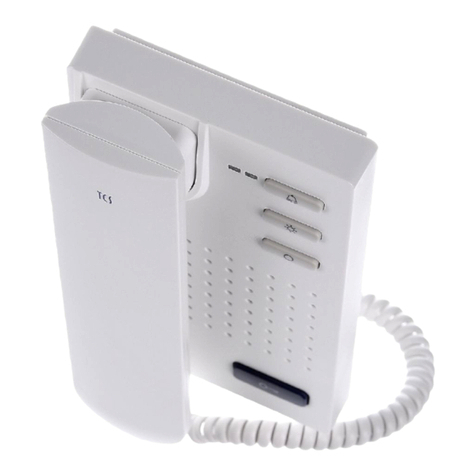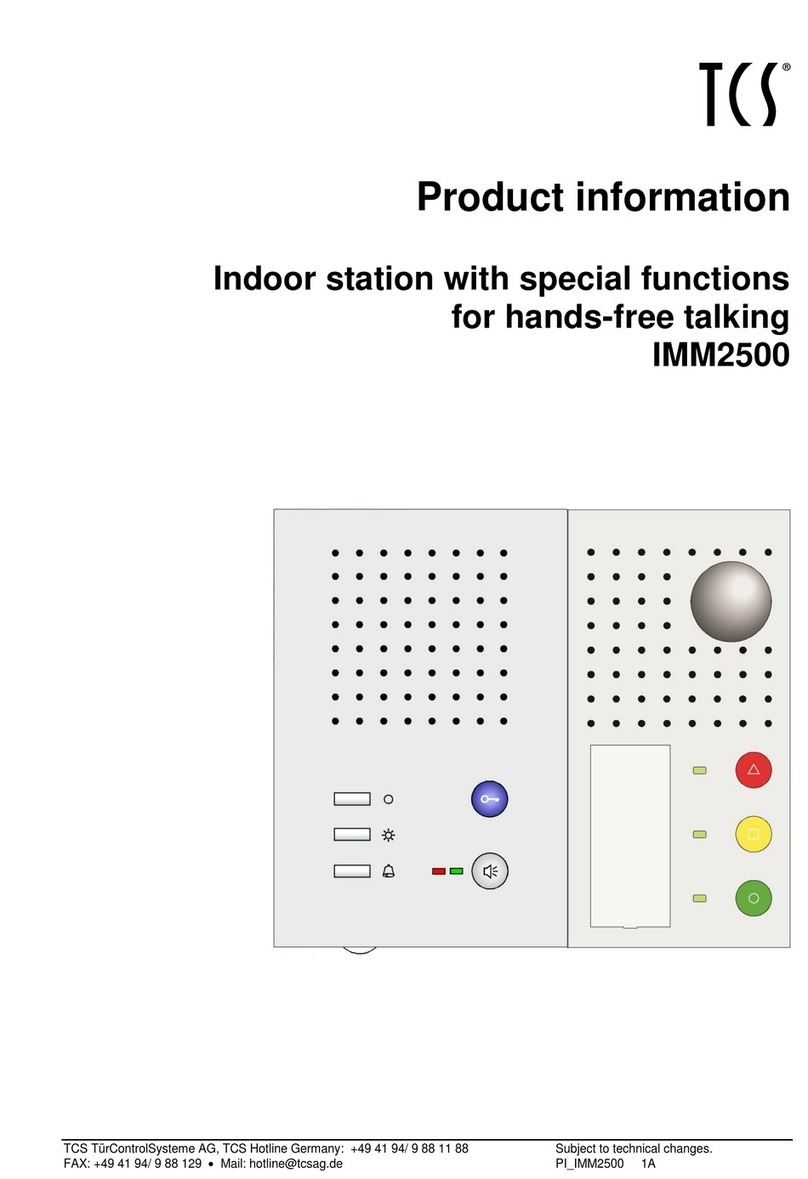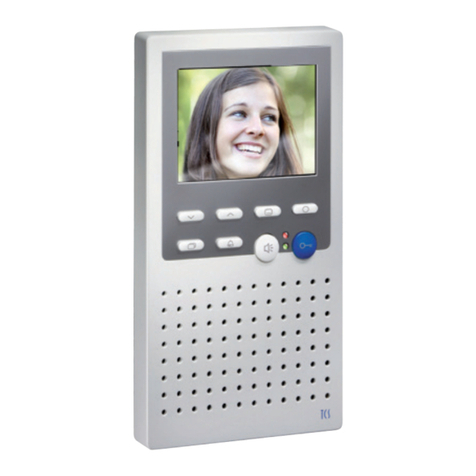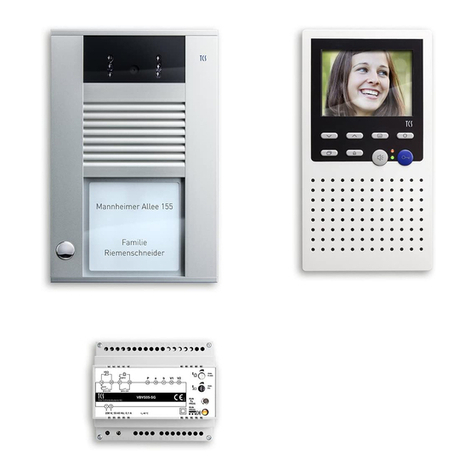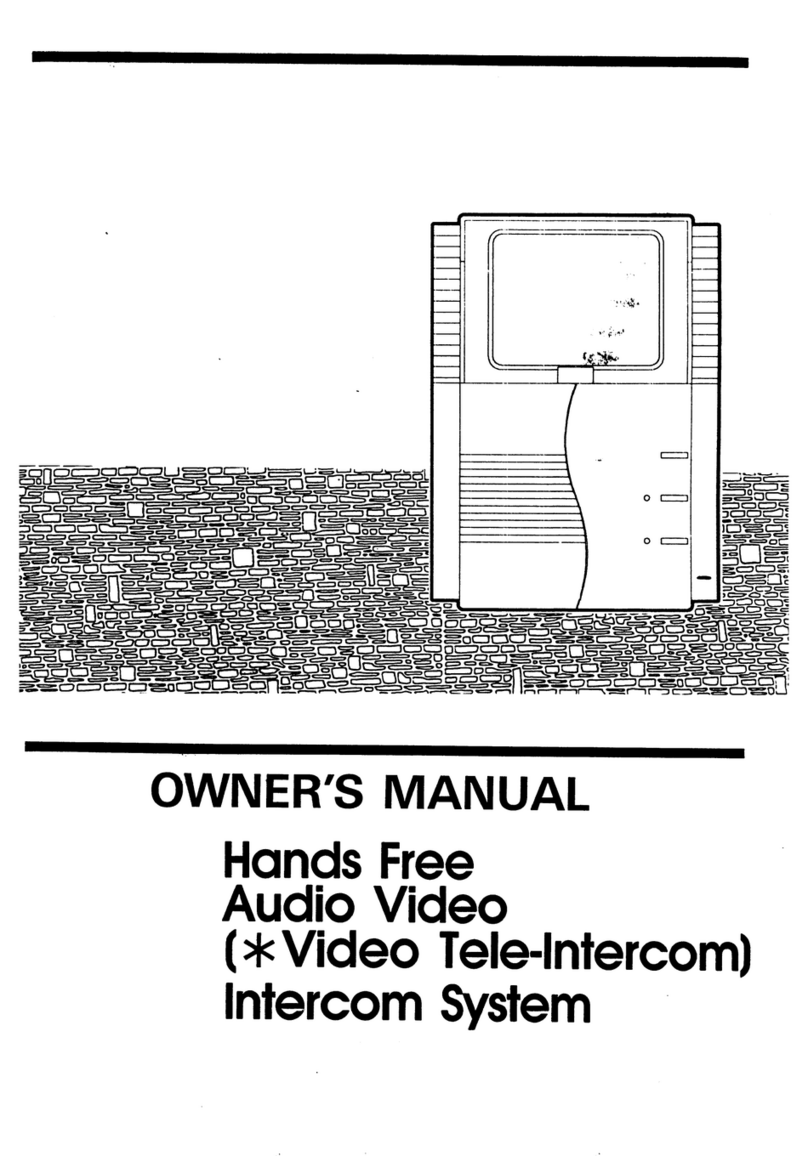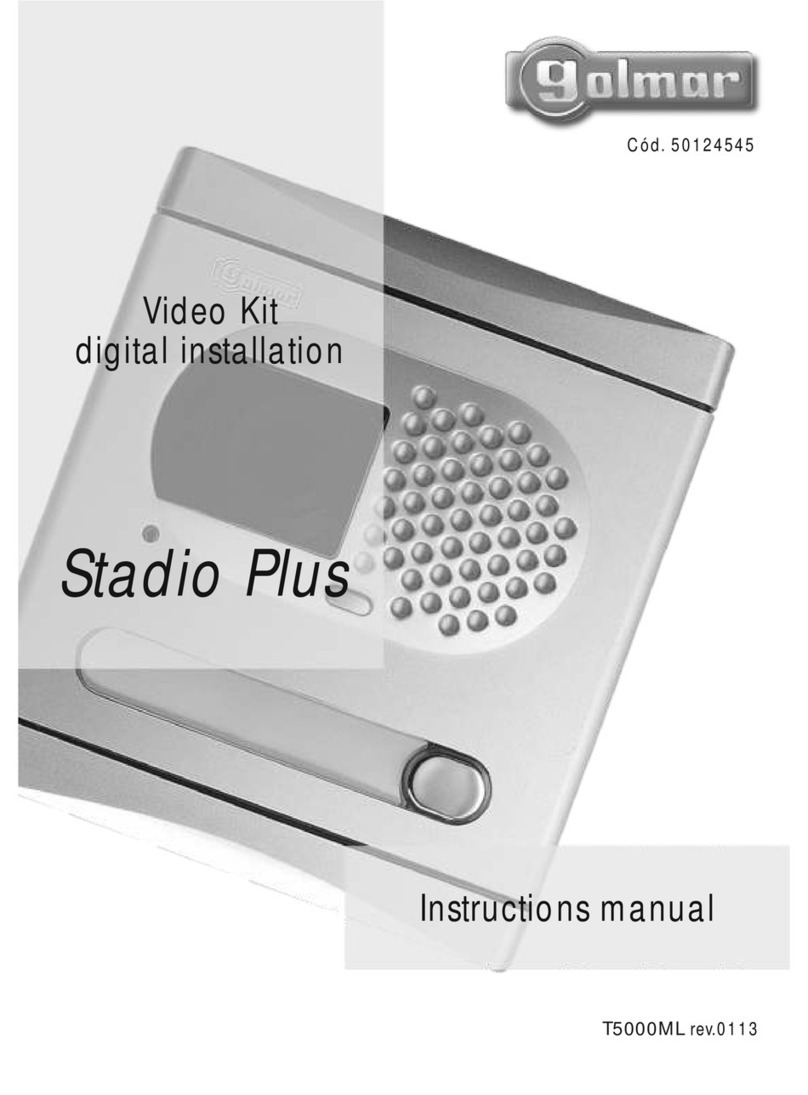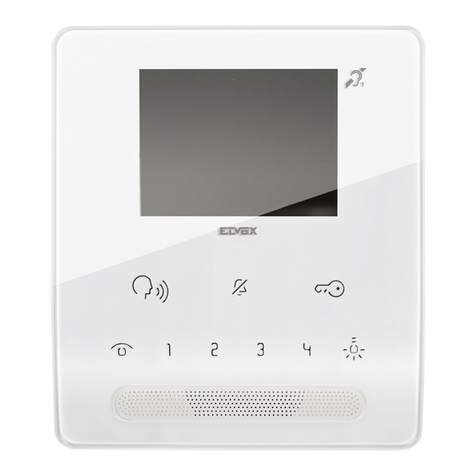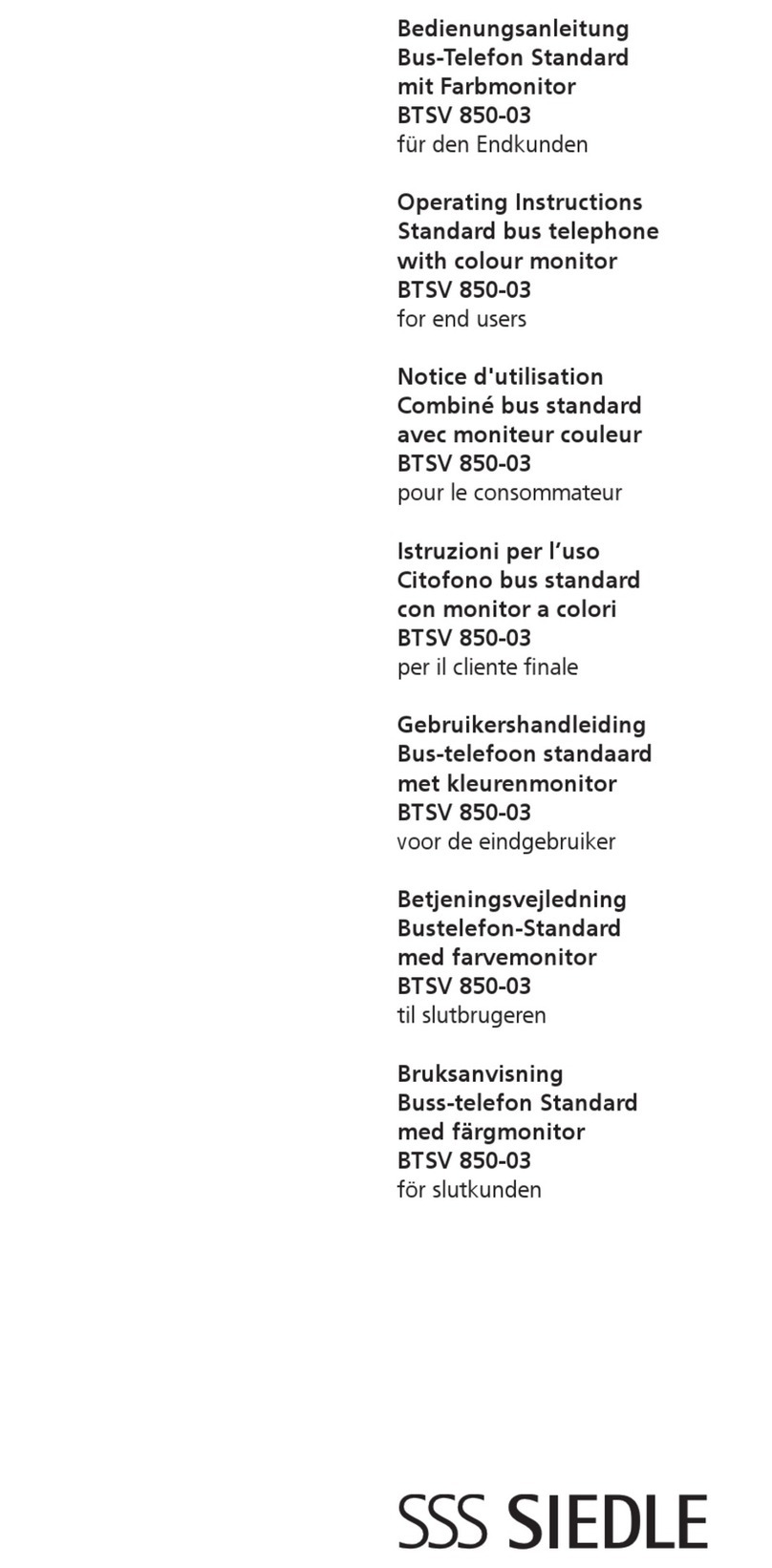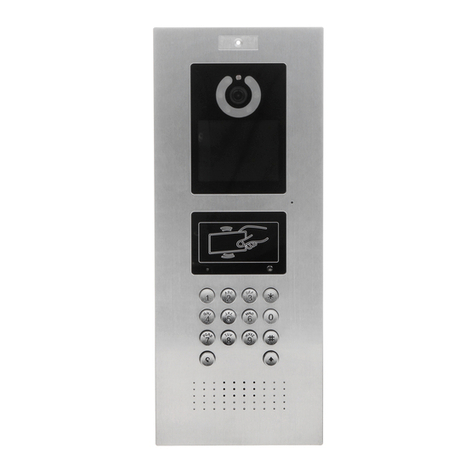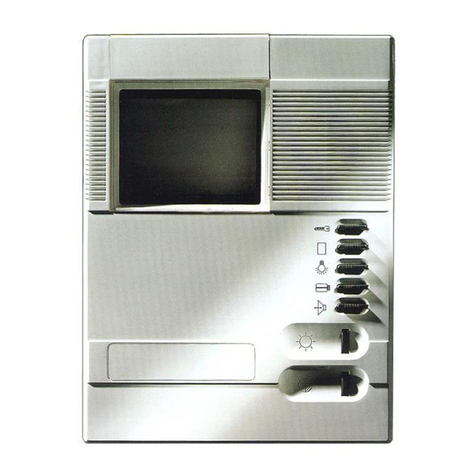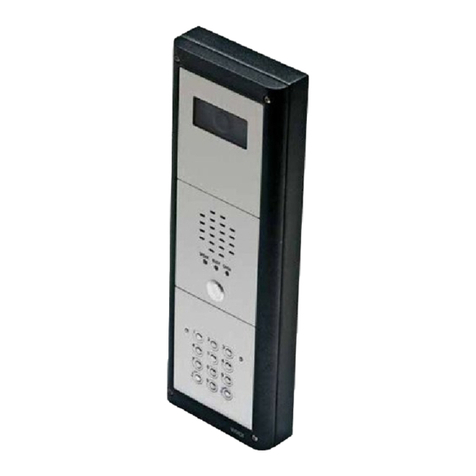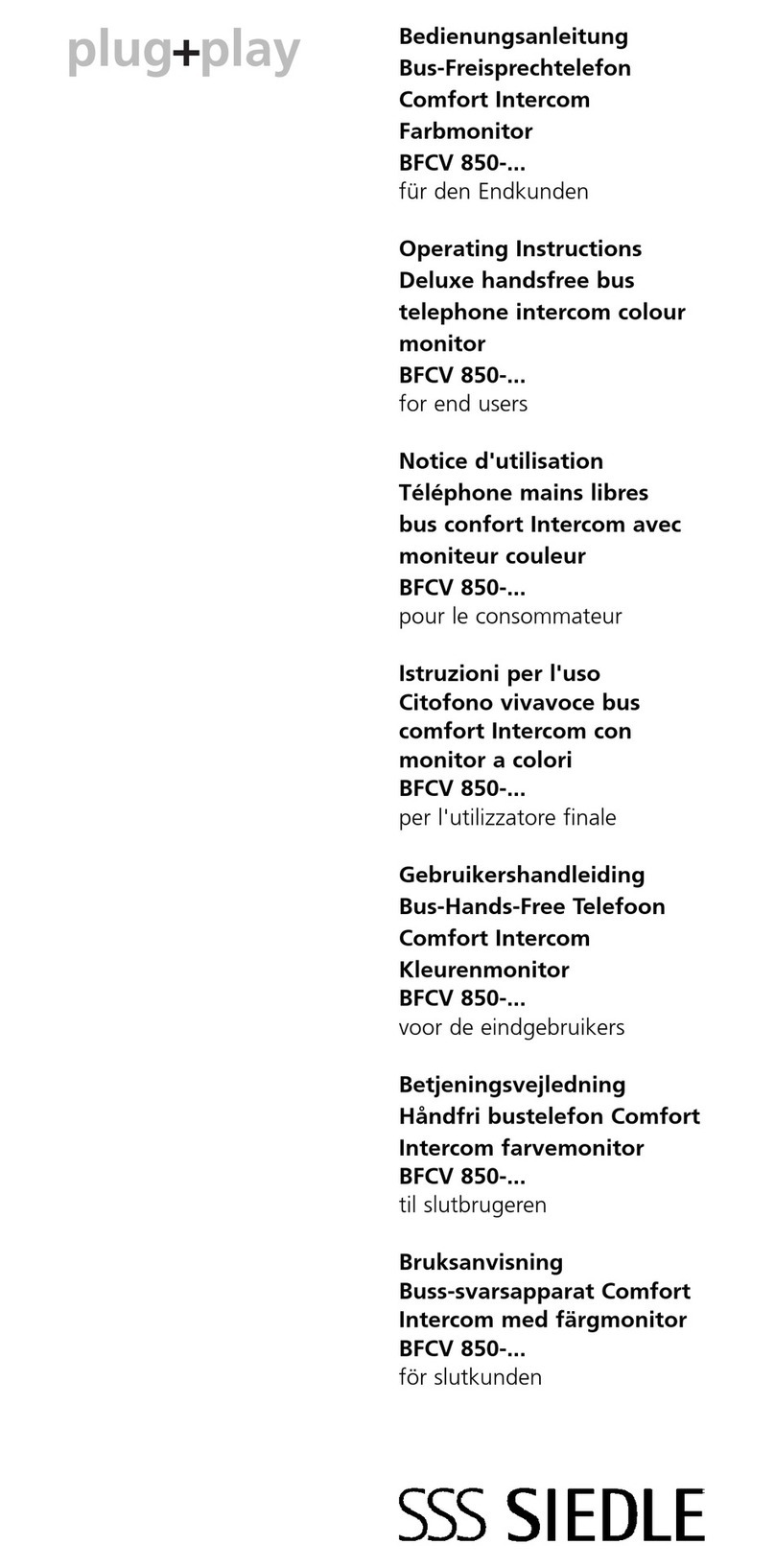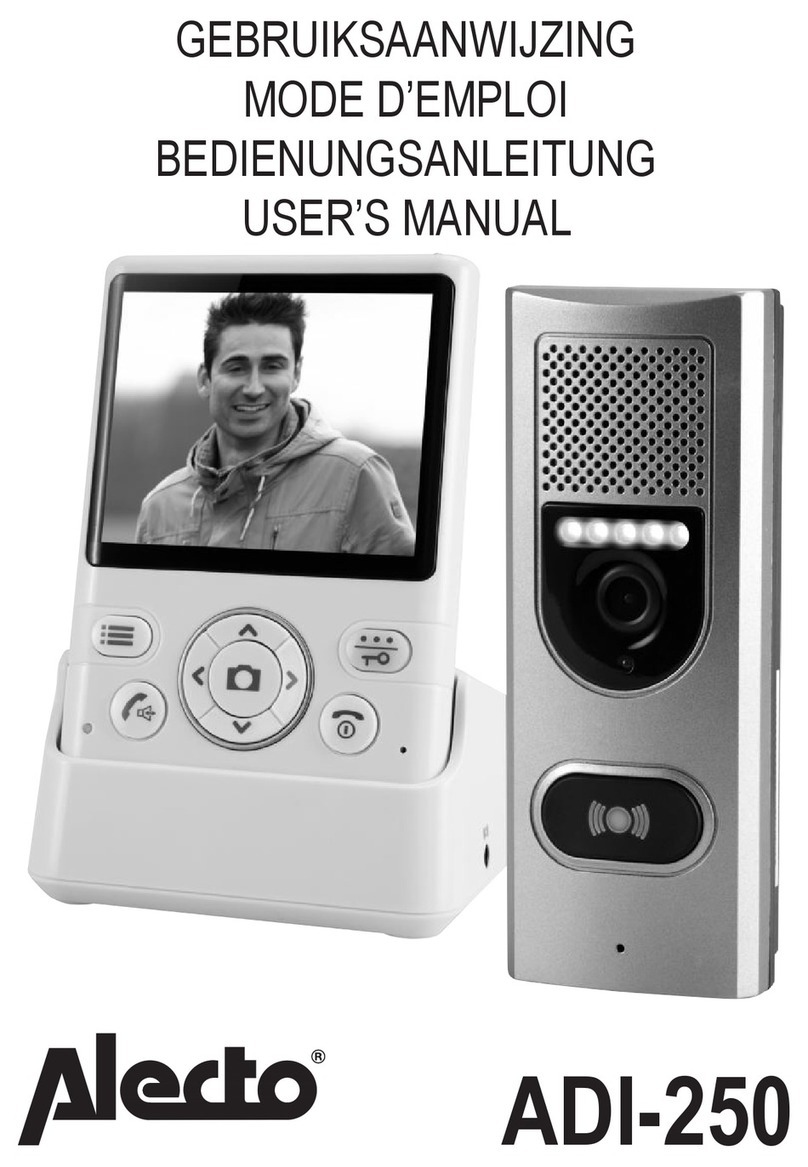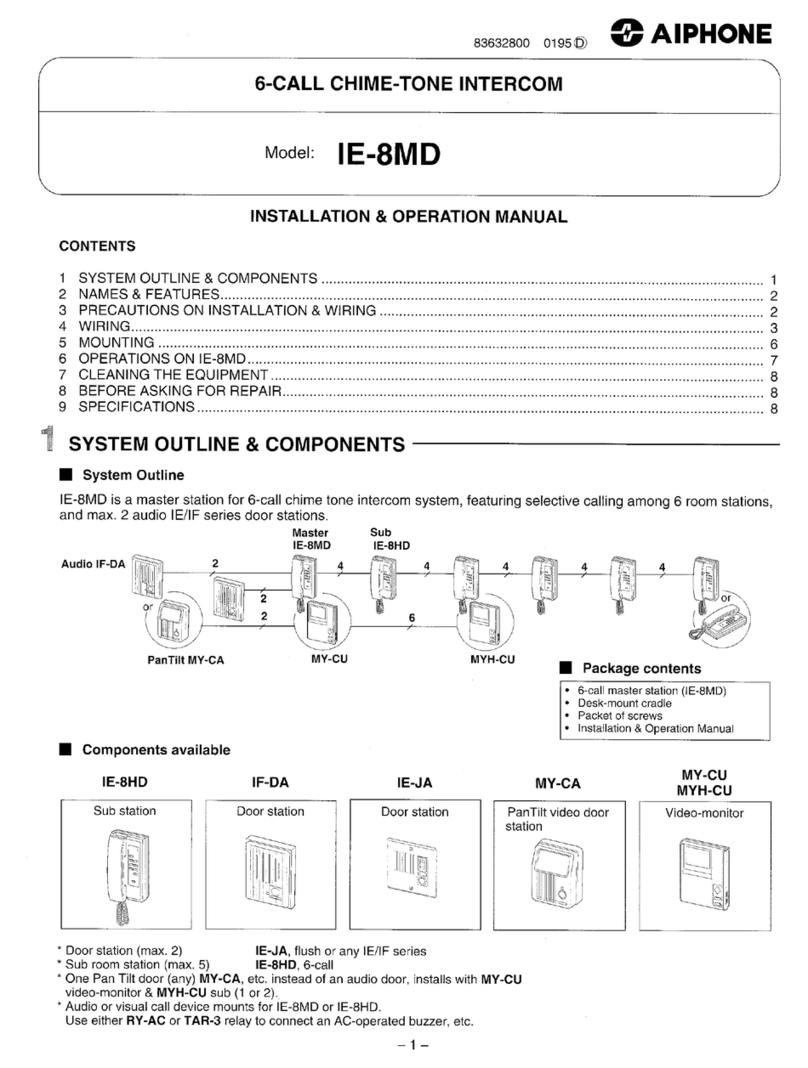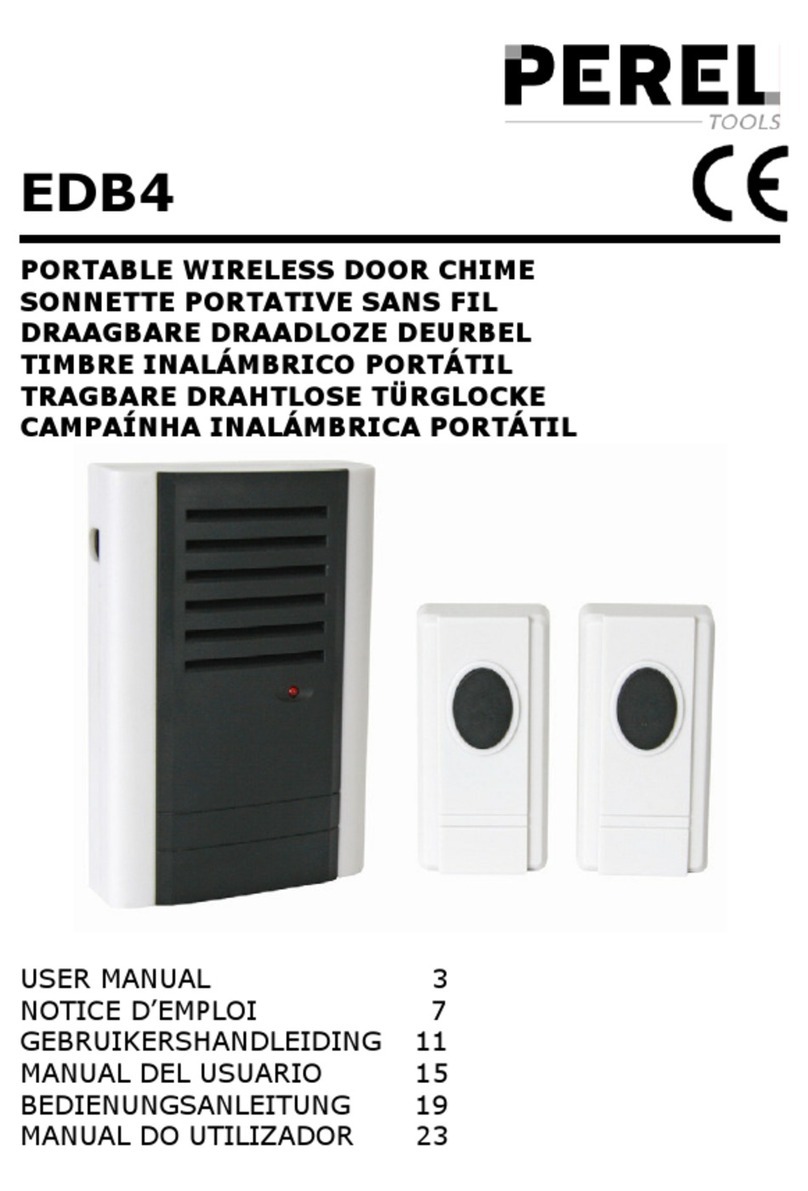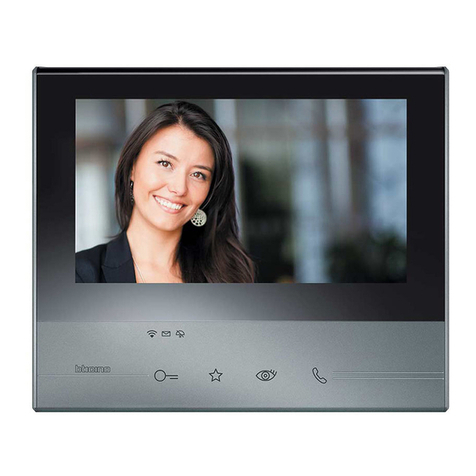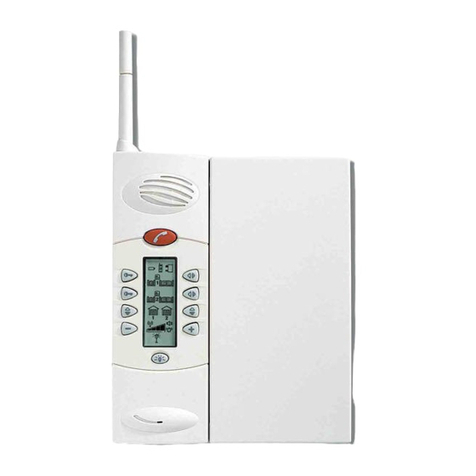
Table ofcontents
Scope of delivery..........................................................................................................................................................4
introduction..................................................................................................................................................................4
Notes on this product information....................................................................................................................................................................... 4
Used symbols and warning notices .................................................................................................................................................................... 4
Further used symbols........................................................................................................................................................................................... 4
Safety instructions.......................................................................................................................................................5
General safety regulations ................................................................................................................................................................................... 5
requirements to protect against lightning ......................................................................................................................................................... 5
Terms ...........................................................................................................................................................................5
Product description .....................................................................................................................................................6
Intended use ........................................................................................................................................................................................................... 6
Short description.................................................................................................................................................................................................... 6
Device overview...................................................................................................................................................................................................... 7
Indication and operating elements...................................................................................................................................................................... 8
Technical data......................................................................................................................................................................................................... 8
Installation ...................................................................................................................................................................9
Installation site ....................................................................................................................................................................................................... 9
Mounting height ..................................................................................................................................................................................................... 9
Opening and closing the housing......................................................................................................................................................................... 9
Connecting the lines ..................................................................................................................................................10
Connect the floor push-button...........................................................................................................................................................................10
Example circuit.....................................................................................................................................................................................................11
Commissioning video ..........................................................................................................................................................................................11
Extended code lock function...............................................................................................................................................................................12
Initial operation..........................................................................................................................................................12
Connect the floor push-button...........................................................................................................................................................................12
Setting the volume of microphone and loudspeaker ...............................................................................................12
Labelling the name plates .........................................................................................................................................13
Configuration .............................................................................................................................................................13
Factory settings....................................................................................................................................................................................................13
Pre-set times........................................................................................................................................................................................................14
Configuration options ..........................................................................................................................................................................................14
Bell button programming..........................................................................................................................................15
Basic principle ......................................................................................................................................................................................................15
Legend................................................................................................................................................................................................................... 15
Programming a bell button................................................................................................................................................................................ 16
Programming a second indoor station at the same bell button (parallel call)........................................................................................... 16
Delete the programming ....................................................................................................................................................................................18
Programming the code lock ......................................................................................................................................18
Notes on the programming................................................................................................................................................................................18
Initiate programming ..........................................................................................................................................................................................19
Programming....................................................................................................................................................................................................... 19
Switch off the programming mode ................................................................................................................................................................... 20
Operating the code lock .............................................................................................................................................21
